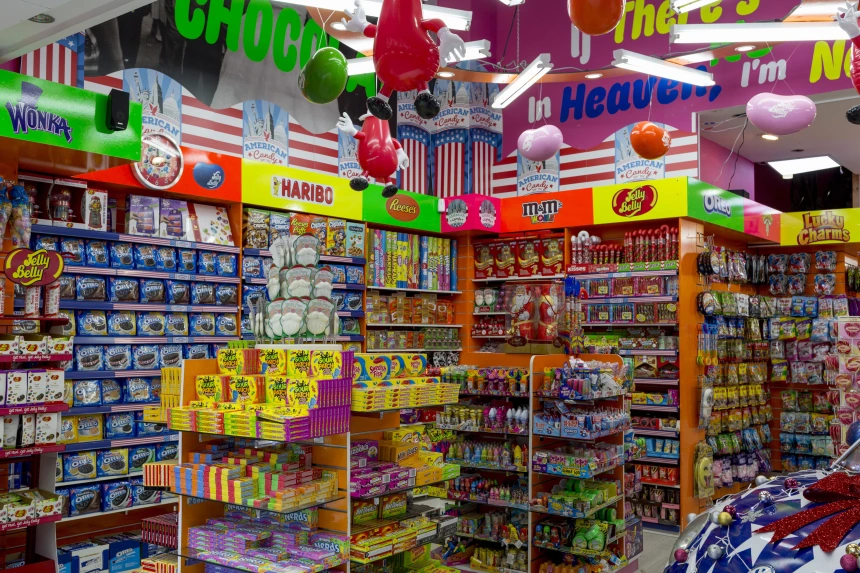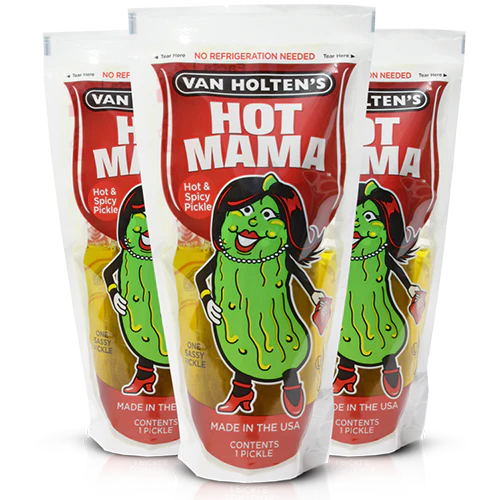A rash of the stores has taken over one of the top shopping streets in the British capital. The question confounding officials: Where did they come from?
LONDON — No. 363 Oxford St. is a building steeped in British history and culture. For 70 years it was the flagship store of venerated entertainment retailer HMV, helping the Beatles launch their first major record deal in 1962.
Today this landmark is home to Candy World, one of more than two dozen shabby American-themed stores selling candy and trinkets whose recent mysterious explosion on one of London’s most popular shopping thoroughfares has confounded officials and property experts.
Their spread exemplifies the decay of Oxford Street. Gutted by online retail, sky-high business taxes and pandemic lockdowns, it is today suspected of being a haven for criminality perpetrated in plain sight, with the local authority investigating some of the stores in connection with a range of offenses including tax avoidance and selling counterfeit chocolate, watches and vapes.
Telling this story means delving behind the shelves of Jolly Ranchers and Twinkies and into the web of commercial property ownership that spans Hong Kong investment firms and London’s giant real estate companies. It requires negotiating Britain’s opaque system of business and leaseholder registration, which financial experts say enables shady activity to go unchecked.
And yet there is much that perplexes industry figures. Many agree something is not right — but they can’t work out exactly what it is.
“These stores have come up a lot in my discussions with people in the tax evasion and money laundering world,” said Dan Neidle, former head of tax at international law firm Clifford Chance. “They’re all a bit mystified as to what they’re doing because it doesn’t really make sense.”
From hangings to Hershey’s
For 650 years, crowds swarmed Oxford Street to heckle convicts being carted from the prison at one end to the gallows at the other.
The mass public hangings stopped in the 1780s, and soon the street reinvented itself as a shopping destination. By the 1860s, it had begun to redefine the retail experience itself. Its department stores such as Selfridges, which opened in 1909, became attractions in their own right.
The wide sidewalks have always been rough around the edges, peppered with tacky souvenirs and placard-waving preachers of doom.
But today it faces unprecedented crisis, its stores struggling to compete with online retail while coping with crippling overheads — and that was before Covid-19. Mega brands like Debenhams and Topshop have gone, leaving 20% of the street empty, according to Stuart Machin, chief executive of beloved upmarket retailer Marks & Spencer, who wrote in the Telegraph newspaper in June that Oxford Street risked becoming a “dinosaur district destined for extinction.”
Into that void have stepped the candy stores.


